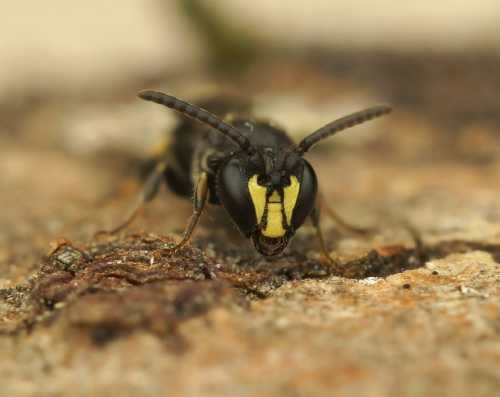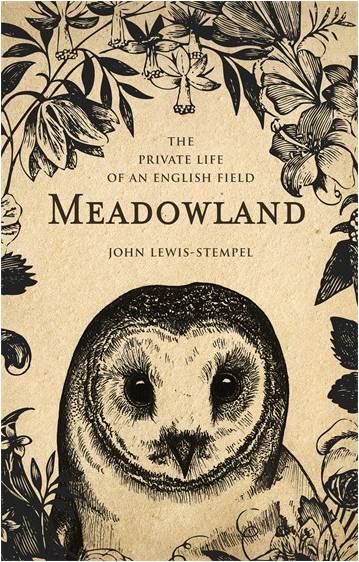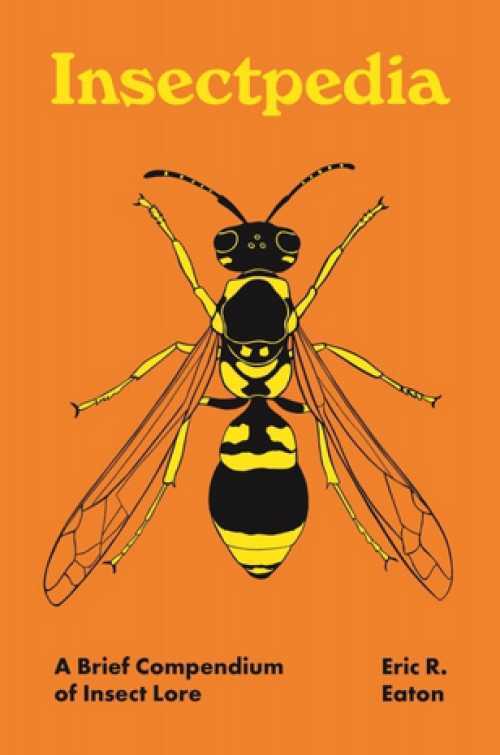Bee Charities - Which Bee Charity Or Causes Are Worth Supporting?
I was recently asked which bee charity, in my opinion, is the most worthy of support, and it wasn’t the first time I had been asked. I have been involved with campaigning for bees since the beginning, before bees became ‘big news’ and was actually one of a small group of people driving awareness, lobbying government and media, devising letter-writing campaigns and so on.
The fact is, myself and fellow campaigners were active volunteers for several years before most major charities took up the cause, so we have been interested to note the development of the cause of bees within the charity / third sector since 2012 – and also some ‘charlatans’ posing as bee charities!
 Hylaeus communis - Common-yellow-face-bee
Hylaeus communis - Common-yellow-face-beeWhich Bee Charity In USA / Australia / Canada / UK Is Most Worth Supporting?
Rather than recommend a particular charity, I would prefer to provide tips for you to make your own decision. With years of experience in this area, I have a number of observations to share:
1. Be wary of fake bee charities
Never donate via a website without doing a few background checks.
I have found websites that provide basic information about bees, state ‘bees are in trouble’, and ask for a donation. These people are doing nothing of practical value to help bees, and the information they provide on their website is simply gleaned from other free resources (like mine) and tailored to facilitate financial giving.
Please carry out background checks.
If no staff are listed (such as CEO), steer clear. On the other hand, a simple method to research whether a claimed CEO and staff exist and what their credentials are, is to perform a quick web search of their name, and listed credentials, and investigate any photograph provided using tools such as ‘Tineye’.
Also, do look into claims made on the website. For example, if they state that they assist schools, they should be specific about materials they provide, and would be able to list schools they had supported. Schools can be checked to see if they exist, and even be contacted to find out whether they have indeed received valuable support. A school may be surprised to learn they were alleged recipients of support from a charity they never heard of!
2. Does the charity really make a difference?
A meaningful statement of historical activities and successful campaigns to date should be outlined.
Be wary of success reported only in percentage terms. For example, a 100% increase (i.e. double) in a population of species can seem impressive, but is less so if it took the charity 10 years to double the species number from 2 to 4. An honest appraisal and background context should be given.
It should be clear what the bee charity’s current campaigns are, what their mission is in specific terms, and the declared targets for measurement. How can you be sure they are helping?
If the charity is well established, think about the causes they are (or have been) involved in. Do some research of your own to find out whether they have actually made a difference.
I write the above as somebody who used to support a number of major conservation charities. One day I woke up and realised they had been in operation since before I was born, yet the situation was worse than ever in very key areas, so it seemed to me they had not been very effective at achieving their stated aims.
3. Financial transparency
So now you have selected a handful of genuine charities that support bees and related causes, but is your donation going to be well spent?
Charities should provide background data, including financials, and an admission of percentage of funds spent on marketing and salaries versus actual activity that will help bees. I personally would steer clear from large charities spending a lot of money on marketing campaigns, with a CEO earning an eye-watering salary.
Money spent on marketing and salaries needs to be balanced out by a genuine difference being made, for which they can claim full credit.
4. Are they instigators or followers? Do they plan for success?
I genuinely believe that any good conservation charity worth donating to, is competent at operating with foresight, and instigates campaigns and activities that make a genuine difference in the longer term. They do not merely hop onto campaigns later, to hoover up funds from all the awareness generated by others.
Furthermore, it is my view that charities are more effective if:
- they have a defined target whereby success is measurable, and
- they develop a plan to achieve those goals.
The aim should be to create a bank of genuine success stories that really make (or made) a difference to the cause. Take a look at the aims of any bee charity or cause you are thinking of helping, and assess whether they will help to make a difference, and an end point of success is planned.
5. Small and practical is often better
The above is my view, but the charity should be checked regardless. Also, the loudest are not always the best either!
Charities involved in planting schemes that will stand the test of time (such as planting flowering trees and shrubs) can make a great difference, but do ensure they are genuine.
Remember to check your local area for charitable activities that support bees and pollinators. Small local planting schemes can be assisted via Crowd Funding and sometimes regional grants, as well as donations.
If there are such activities in your area, it’s good to get involved if you can. This may involve donating money, time, skills, or even loaning equipment.
6. Supporting bee charities and causes via petitions
These days, I don’t necessarily recommend giving to charities for bee campaigns that are being promoted on the back of a petition. Check carefully if you are thinking of doing so.
I have seen some ‘bee petitions’ giving flawed information, and organisations certainly don’t need additional money to be able to ‘tell a government’ anything.
Also, organisations should be transparent about how they intend to spend funds.
In summary – questions to ask when considering which bee charity or cause to support:
- Is it a genuine bee charity (or related cause)?
- Do they have a track record of making a difference to the cause of bees? Are they responsible for any successes they claim as their own?
- What are their campaign/activity plans for the future, and how will success be measured? Will such activity make a difference to bees and pollinators?
- Is there transparency, especially financial? What are the credentials of the leadership and do you trust them to deliver?
Remember that you too can get active. The most important way you can help bees is to include bee friendly plants in your garden, on your patio or balcony.
What could you do in your neighbourhood? Think small first. It might be:
- Handing out free bee-friendly plants from cuttings or seeds taken in your own garden.
- Phoning and even tweeting the local council to praise them for any measures they have taken to support bees and pollinators.
- Identifying an area that could easily accommodate a flowering shrub or tree, that would provide lasting benefit to bees and would be easy to maintain.
Over to you!
Meadowland
by
John Lewis-Stempel
A review of this beautiful nature diary

If you found this page helpful or interesting, I'd really be grateful if you would share it with others - if not this page, perhaps another, such as Gardening For Bees.
Thank you so much :) .
